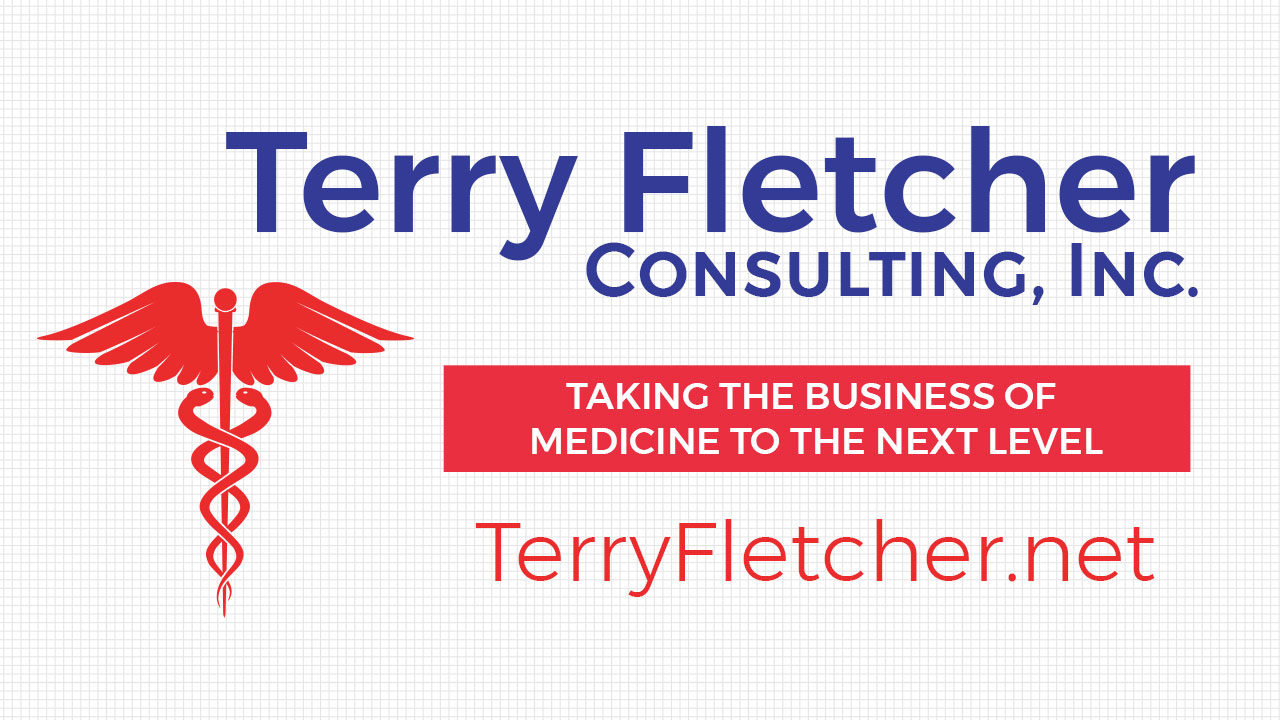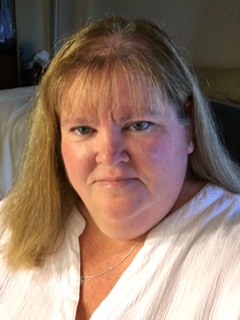
FAQs for 2018
Coding multiple PCI in one vessel for Cardiology:
Question: My Cardiologist placed a DES (Drug Eluding Stent) in the right coronary artery, and then did several passes in the proximal right coronary with the atherectomy device, and post ballooned the same vessel. How do I capture all of these services?
Answer: You’ll report the code 92933 (Percutaneous transluminal coronary atherectomy, with intracoronary stent, with coronary angioplasty, when performed; single major coronary artery or branch). This covers all 3 procedures, when performed in the same major coronary artery.
Reporting Smoking and Tobacco-Use Cessation Counseling:
Question: Our physician recently started adding documentation to his daily note when discussing with patients, who are current smokers, the benefits of quitting, treatment options for quitting smoking, and also how this may effect the patient’s recovery if they do not quit. Can I charge extra above and beyond the office visit encounter for this discussion?
Answer: Yes, you can report smoking and tobacco-use cessation codes 99406 or 99407, depending on how much time is documented for this discussion. The 99406 states “..3 minutes up to 10 minutes..” and the 99407 states “…greater than 10 minutes..”. Exact time, in minutes, should be documented within that encounter to accurately capture the service. You may need the 25 modifier on the E/M service to allow payment for both services on the same date.
CMS has been clear that this must be clinically appropriate, (e.g. patient is a current smoker with symptoms), and time must be documented.
Billing for Moderate Sedation with minor procedures in the facility setting:
Question: In 2017 we are aware that moderate conscious sedation can now be billed separate to many procedures, as long as our physician documents that he/she supervised the sedation trained nurse, what medications were used, and time is also documented. We are only getting paid for the fist 15 minutes, and sometimes the time documented can be over an hour. How can we get the payers to pay for the entire time documented?
Answer: When these services were priced, the physician RVU file for CMS, there is a column labeled “PCTC IND” which designates when a code is technical-only or professional-only. The add-on code for each additional 15 minutes of moderate sedation by the physician performing the procedure (99153) is indicated as technical-only (3) in this field. In addition, there is an NA in the RVU file column titled “FACILITY NA INDICATOR”. The NA indicates “that this procedure is rarely or never performed in the facility setting”. Since code 99153 is technical only, a physician cannot report this code when performed in the facility setting. Meaning only the first 15 minutes is payable (Medicare) in the facility setting. Any location that is not POS 11.
Gastroenterology Screening Colonoscopy:
Question: My physician performs screening colonoscopies at the request of a primary care physician or a patient that self refers to our clinic. We have started to notice that we are not getting paid for any of our initial consultations or office visits when a screening colonoscopy is requested, why?
Answer: First, the patient was not sent to your office for an evaluation of a sign, symptom or indication. There is no problem-oriented visit. They were sent over for a “screening”, which usually means the patient has a family history of colon disease or is age appropriate for a screening, but asymptomatic. These encounters are considered not billable, per CMS and AGA, even though the physician needs to take a history on the patient before proceeding with the screening. This can be done through a series of Q&A’s over the phone with the mid-level clinician, RN or MA. There is no e/m component to be billed unless the patient is having symptoms that need to be addressed prior to the endoscopy procedure, but then that could mean that the screening is negated and it is now a diagnostic procedure. The AGA (American Gastroenterology Association) recommends that for a true screening, the patient be considered “open access” and go directly to outpatient scheduling for the procedure. If the physician chooses to bring the patient in for a “meet and greet” that is not a billable service, but may be a cash charge to the patient.

Fletcher BS, CPC, CCC, CEMC, CCS, CCS-P, CMC, CMSCS, ACS-CA, SCP-CA, QMGC, QMCRC, QMPM, PACS
Terry Fletcher Consulting, Inc.
Healthcare Coding and Reimbursement Consultant, Educator and Auditor
Podcast Host, CodeCast® , NSCHBC Edge Podcast, #TerryTuesday TCG Podcast
NAMAS and AAPC Educational Speaker and Writer